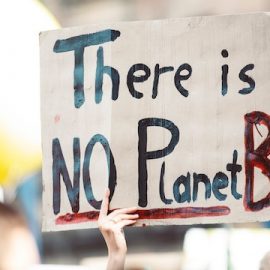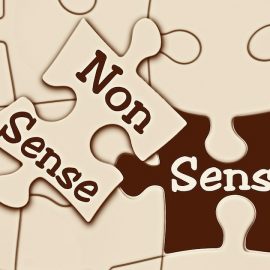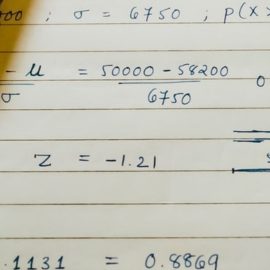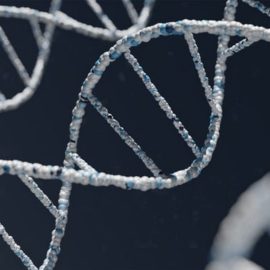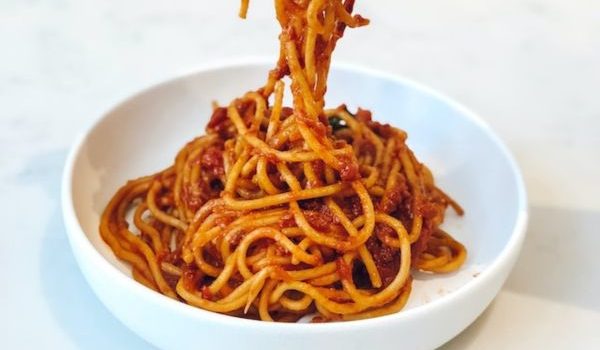

This article is an excerpt from the Shortform book guide to "Glucose Revolution" by Jessie Inchauspé. Shortform has the world's best summaries and analyses of books you should be reading.
Like this article? Sign up for a free trial here.
What exactly is starch? How do starchy foods break down in the body?
Starch is a type of carbohydrate found in many staple foods such as potatoes, bread, rice, and pasta. It’s comprised of a chain of glucose molecules joined together. When you eat starchy foods, they are broken down into sugars by the enzyme amylase.
Keep reading to learn about starchy carbs and how they are digested in the body.
What Is Starch?
Starches are chains of glucose that plants use as energy stores when they don’t have access to sunlight at night (and therefore can’t photosynthesize to make more energy-giving glucose).
(Shortform note: Studies suggest that plants are able to calculate and adjust their rate of starch consumption to ensure they have enough to feed themselves until dawn. At night, plants use about 95% of their starch storage. They do this by first assessing the amount of starch in storage and estimating how much time there is before dawn using special systems in their leaves. After their assessment, they divide the amount of starch by the length of time until sunrise, giving them an appropriate rate of starch uptake.)
| Further Defining Carbohydrates Starch and fiber are polysaccharides, or complex carbohydrates, meaning they’re carbohydrates formed from multiple sugar molecules bonded together. Sugars, or simple carbohydrates, are either monosaccharides (single sugar molecules, like glucose and fructose) or disaccharides (two sugar molecules bonded together, like sucrose). The general chemical formula of carbohydrates is Cx(H2O)y, with the x representing the number of carbon atoms and the y representing the number of water molecules. For instance, the formula for glucose is C6H12O6, with six carbon atoms, 12 hydrogen atoms, and six oxygen atoms. |
During the day, plants make more glucose than they need, and with the help of enzymes, they join the excess glucose molecules into chains that form starch molecules. When a plant needs glucose again, it uses the enzyme alpha-amylase to break some molecules free from the starch chain. In our diet, we get starch from foods like potatoes, oats, and barley.
(Shortform note: Starches are made up of two different polysaccharides: amylose and amylopectin. They’re 20 to 30% amylose molecules, which are long, linear chains of glucose. The remaining 70 to 80% is amylopectin—shorter molecules with a branched structure. Alpha-amylase breaks apart amylose and amylopectin when plants need individual glucose molecules for energy. For humans, amylose and amylopectin serve an important culinary purpose beyond supplying glucose. When heated in water, they turn into a gel, making starchy carbs like potatoes and grains like oats and barley effective thickeners in many recipes.)
Inchauspé notes that like plants, our bodies use alpha-amylase to break down starch into glucose. This process starts with the enzymes in our saliva and ends when glucose molecules are freed in our gut. (Shortform note: The type of alpha-amylase in our mouths, also known as ptyalin, comes from the salivary glands. The alpha-amylase that digests food into glucose in our small intestine comes from the pancreas.)

———End of Preview———
Like what you just read? Read the rest of the world's best book summary and analysis of Jessie Inchauspé's "Glucose Revolution" at Shortform.
Here's what you'll find in our full Glucose Revolution summary:
- Why you feel hungry soon after you eat and get tired throughout the day
- The role glucose plays in your body, both positive and negative
- Strategies for taking control of your health and glucose levels


